A trusted compass: The power of skills taxonomy in career mapping
TalentLMS
OCTOBER 2, 2023
The rapid changes in required skills often leave conventional talent acquisition and development methods hard to keep up with. Enter the skills taxonomy framework. What is a skills taxonomy and why you should use it The world is changing at speed. Skills taxonomy frameworks help individuals and organizations adapt to this.













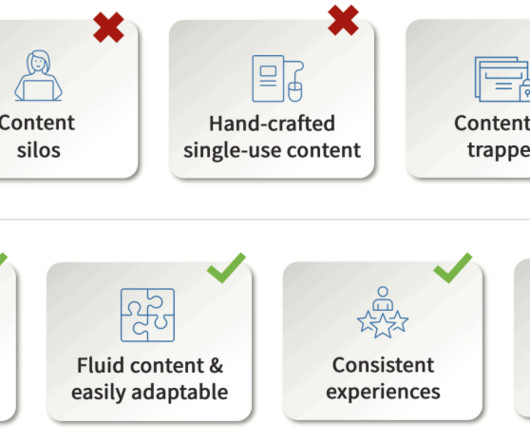











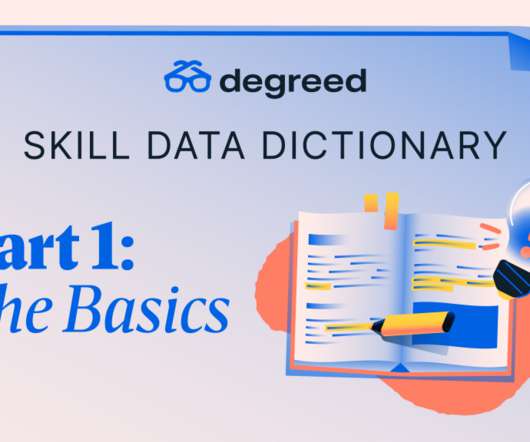






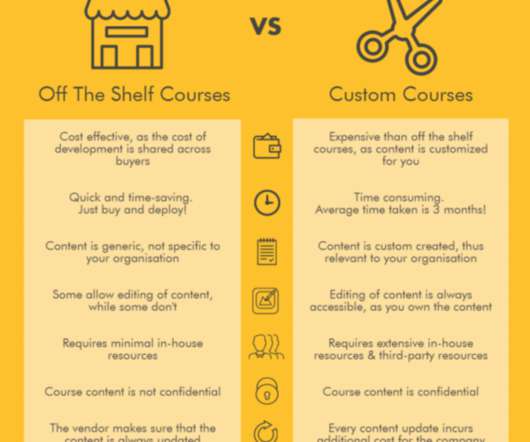



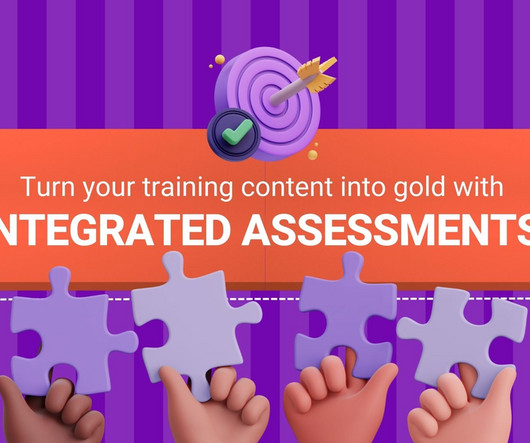

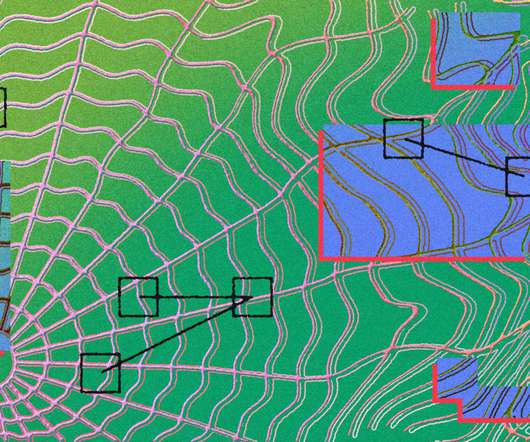












Let's personalize your content